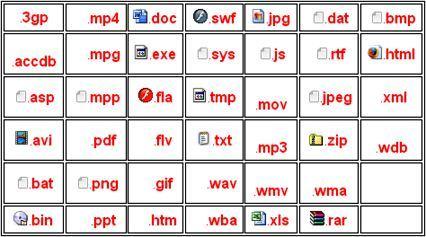

It’s easy to share with others to edit or save to another computer as a backup option.įor architectural design purposes, STEP files don’t contain the material or texture data required to make them identifiable by CAD software. They can also read and save complete 3D models.
These file formats are commonly used to review or print 3D models.

The purpose of STEP files is to make sharing files containing 3D data a lot easier. STEP files are standard in the world of 3D design - including architecture, manufacturing, and printing - for a few specific reasons, including: Some earlier file formats only held the basic geometries, which made sharing, opening, and editing less accurate. The second and third editions were released in 20, respectively.Īlong with improving cross-platform compatibility, STEP files hold all the detail and body of a 3D model with unparalleled precision.
#ILLUSTRATOR FILE EXTENSION NAME ISO#
In 1988, the ISO received the basis for STEP, but it wasn’t until 1994 that the first edition came into use.
#ILLUSTRATOR FILE EXTENSION NAME SOFTWARE#
This committee first developed the STEP image format in the mid-1980s to make sharing files across different software programs easier by providing a standardized format for work on 3D models and designs. The ISO (International Organization for Standardization) has a technical committee on automation systems and integration, also known as TC 184. STEP files go by several different names, including:


 0 kommentar(er)
0 kommentar(er)
